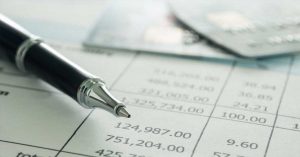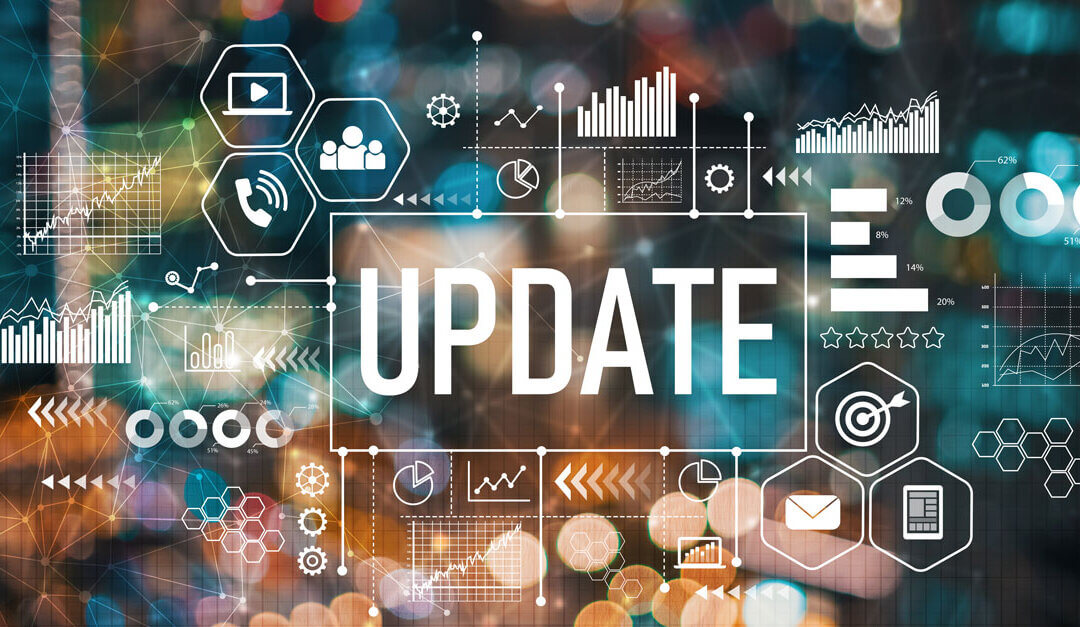 A common question the FINPACK team receives is, “What is the best way to enter credit card balances on the balance sheet?” Like many things in the financial world, it depends on the customer situation. Walking through the different scenarios will help determine how to enter credit card balances into the FINPACK balance sheet.
A common question the FINPACK team receives is, “What is the best way to enter credit card balances on the balance sheet?” Like many things in the financial world, it depends on the customer situation. Walking through the different scenarios will help determine how to enter credit card balances into the FINPACK balance sheet.
Is the credit card used for business or personal purposes?
Considering if the credit card is used for business or personal purposes is the first step in determining where the balance will be entered on the FINPACK balance sheet. This is an important question as it determines whether balance information is entered as a business liability, a personal liability, or is split between the two. The balance is split and entered as both a business and personal liability if the credit card is used for both business and personal purposes. If this is the case, work with the customer to determine the business and personal portions of the credit card balance and enter in each balance sheet section accordingly. To assist with this, encourage customers to have a business and personal credit card (if needed) to keep business and personal purchases separate.
Is the credit card balance an account payable or current loan?
A credit card balance will either be entered as an account payable or current loan on the FINPACK balance sheet. The correct liability entry is determined by the customer’s treatment of credit card payments within their accounting system. A balance is entered as an account payable on the FINPACK balance sheet if the customer records the credit card payment as an expense within their accounting system. In this case, purchases on the credit card and any interest paid are captured in payment details. Treating a credit card as an account payable in this case will capture the correct accrual adjusted expenses for the business during the accounting period. FINPACK calculates changes in accounts payable as a piece of the accrual adjusted income calculation within FINPACK financial analysis tools like Schedule F Cash to Accrual, FINAN Financial Analysis, and Cash Flow Projections.
If credit card purchases are recorded in the customer’s accounting system as an expense at the time of purchase, the credit card balance should be treated as a current loan on the FINPACK balance sheet. In this situation, no accrual adjustments are needed, as all expense information is captured within the correct accounting period. The customer is essentially treating the credit card as a loan within their accounting system.
Summary
Having a conversation with the customer is important when determining how to enter credit card balances on the FINPACK balance sheet. Knowing if the credit card is used for business or personal use is the first question. Then, knowing how routine credit card payments are handled in the customer’s accounting system determines if the credit card balance is entered as an account payable or current loan on the FINPACK balance sheet.
Pauline Van Nurden joined the FINPACK Team as an Economist in 2017.
Prior to joining the FINPACK Team, she worked as a lender. This provides her valuable industry experience and knowledge in her work with FINPACK. Pauline holds a Master’s Degree in Agricultural Education and Bachelor’s Degree in Applied Economics, both from the University of Minnesota.





